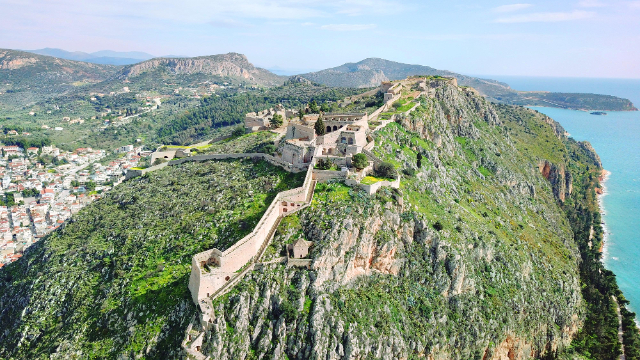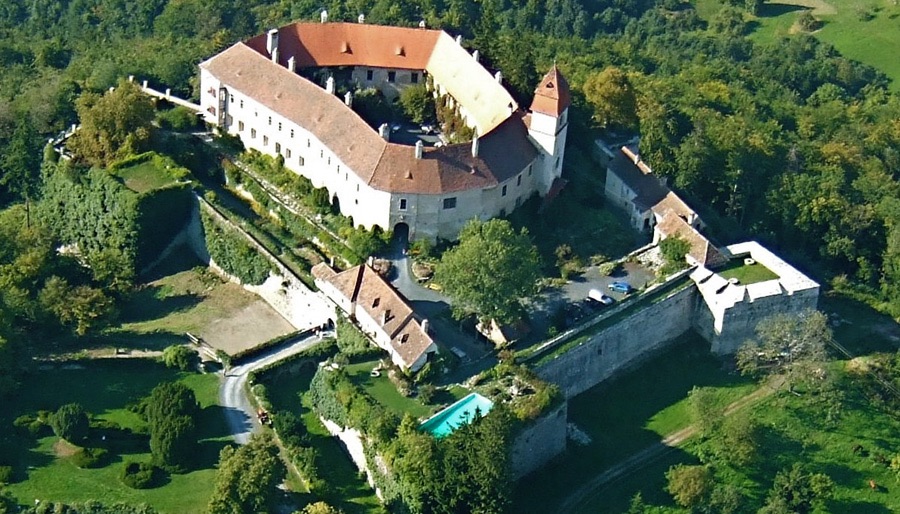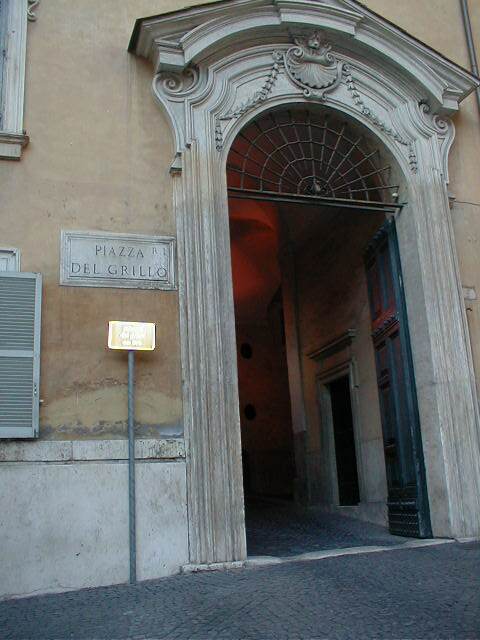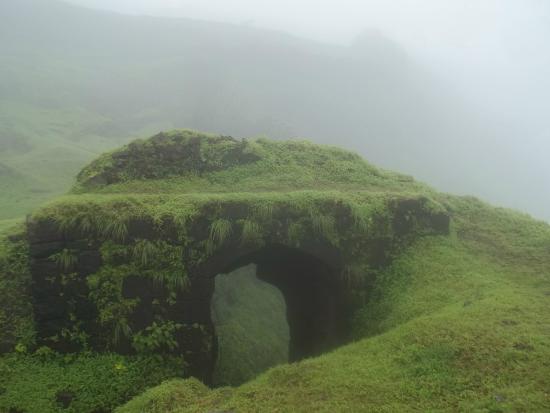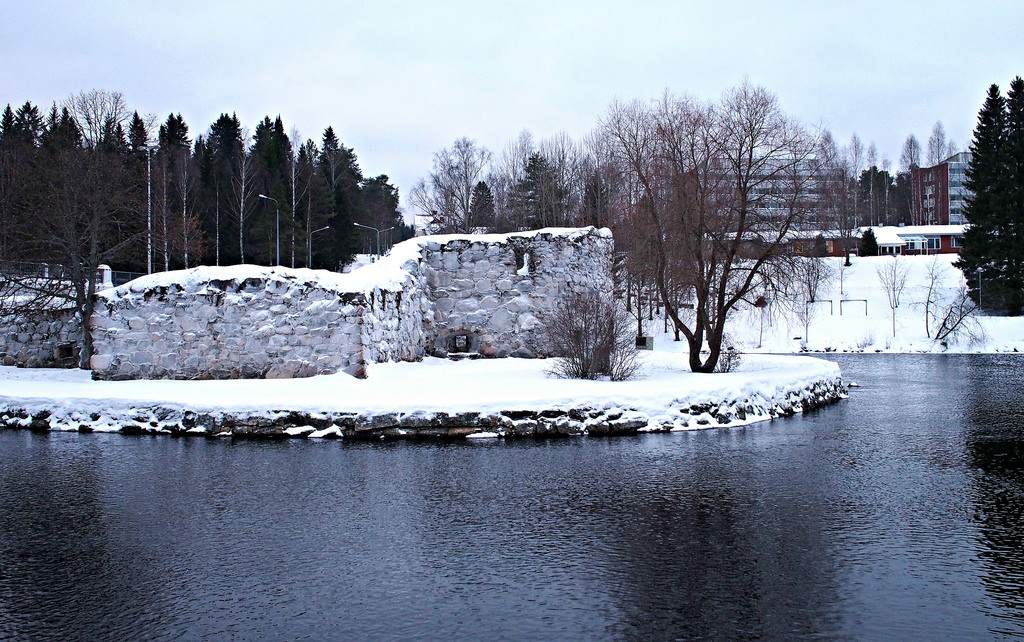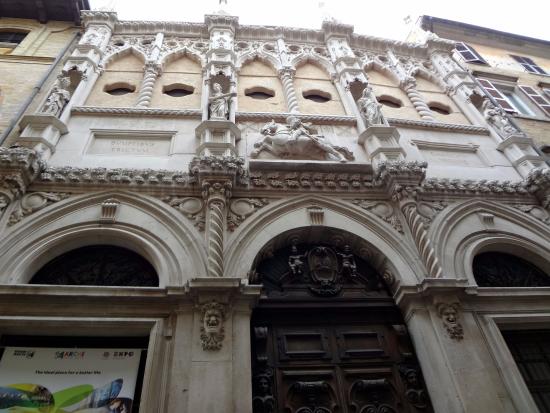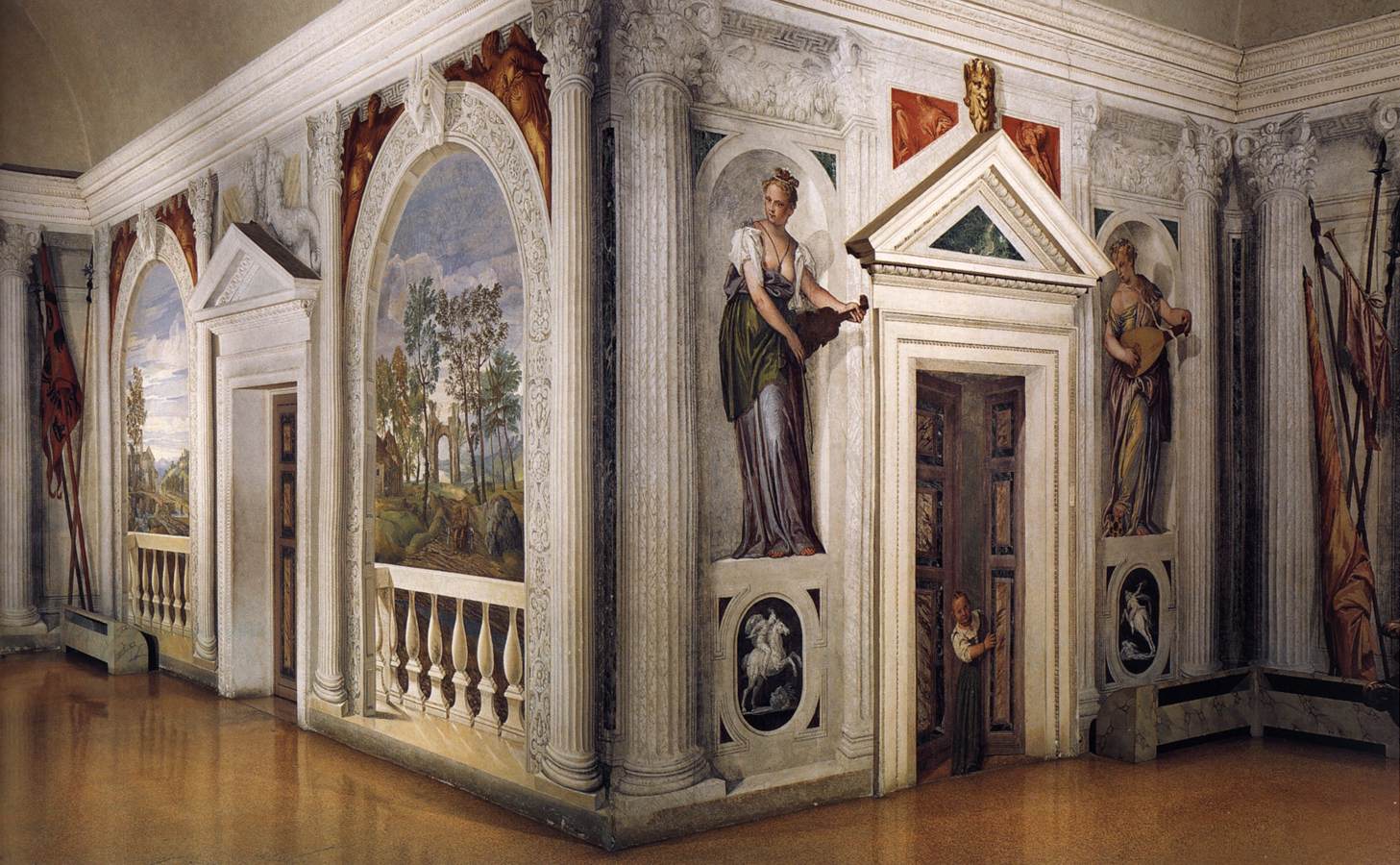Palamidi Fortress in Nafplion is a captivating testament to both architectural ingenuity and historical significance. Its origins date back to the era of Venetian occupation during the early 19th century, a time when strategic fortifications played a crucial role in safeguarding territories. The fortress is a masterwork of defensive design, comprising eight bastions, each meticulously constructed to stand independently. This unique layout was a defensive innovation of its time, ensuring that the fall of one bastion would not necessarily lead to the collapse of the entire fortress.
Ascending upwards, the bastions were artfully layered upon one another, forming a resilient unity through their interconnecting walls. The Venetians bestowed each bastion with names from ancient Greek lore, invoking the valor of figures like Leonidas, Miltiades, Achilles, and Themistocles. This nomenclature served to underscore the fortress’s formidable strength and historical resonance.
At the heart of the fortress lies the enchanting chapel of Agios Andreas, nestled within the central bastion. This bastion, being the best-equipped, held paramount significance and served as the main headquarters. Its very existence within the fortress hints at the intricate blend of military might and spiritual reverence that characterized this bastion’s role.
Amid its storied history, Palamidi Fortress bore witness to a poignant struggle for liberation from Turkish rule. The fort’s stone walls reverberated with the determination of Greek rebels led by Staikos Staikopoulos, as they seized the fortress on the 29th of November in 1822. Among these resolute insurgents, Dimitrios Moschonisiotis achieved a significant milestone as the first Greek to set foot within the fortress, claiming the bastion of Achilles. This triumphant capture set the stage for the fort’s reclamation and transformation.
A day after the seizure, the once-abandoned chapel was revitalized and readied to host a Service. This sacred space was subsequently dedicated to Apostle Andreas, and the 30th of November became an annual celebration of his feast day. The chapel’s revival amid the fortress’s turmoil signifies the resilience of faith and culture even amidst the throes of political upheaval.
Palamidi Fortress’s historical narrative takes a somber turn with its stint as a prison. In 1833, Theodoros Kolokotronis, a prominent leader of the Revolution, found himself imprisoned within these walls, accused of high treason. The prisoners’ plight was further compounded by the toil of physical labor, with the daunting 999 steps leading to the fortress being constructed under the watchful eye of the Bavarian army. This layer of history reminds us of the complex interplay between resistance, sacrifice, and imprisonment that has shaped the fortress’s legacy.
Today, as visitors ascend Palamidi’s steps and traverse its bastions, they walk in the footsteps of visionaries and rebels, traversing a tapestry woven from military strategy, religious devotion, and the quest for freedom. The fortress stands not only as an architectural marvel but as a living monument to the layers of human endeavor that have left an indelible mark upon its stone walls.
